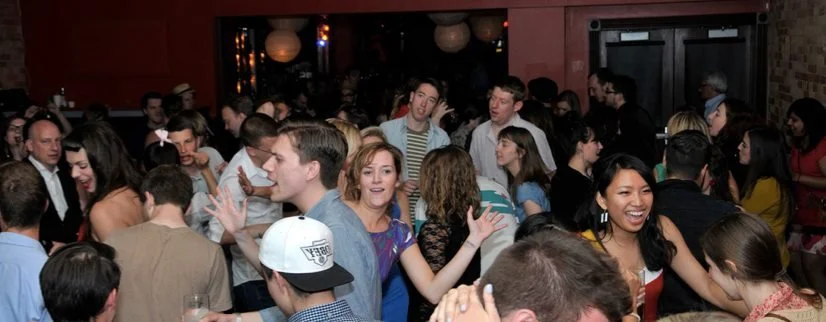Found images, broken glass, fake leaves, and LED fairy lights on a rattan woven tray.
“The Fuckery is all of the persistent, systemic, intersecting, and evolving ways that status and superiority play out: race, gender, ways of thinking and moving, ableism, fatphobia, class, religion, and sexual identity. It disconnects us from ourselves and each other and lies to us about what the future can be…It is awful, hypocritical, insipid, frustrating, traumatic, maddening – it is The Fuckery of it all. It is “fragile” in the way that the sharpest edge of a broken fragment of glass is fragile. It has left us with a shattered image of our collective humanity.” – Bina M. Patel, Say The Quiet Part Out Loud
Fireflies & The Fuckery is a response to this passage from Bina M. Patel’s Say The Quiet Part Out Loud. It is a physical representation of the sharp yet fragile broken glass that makes up our world: The Fuckery – that is, our inheritance of colonial, patriarchal, ableist, capitalist, and white supremacist systems of oppression.
All over the broken glass, we see people trying to lift themselves up, climbing over the sharp shards on their own or with the help of another. It is a painful, perilous, and ultimately futile climb that hurts and wounds all of us. Even when we make it up the top of a shard – it is still just that: a shard, a piece, a fragment of a whole that cannot find its way back to the others.






